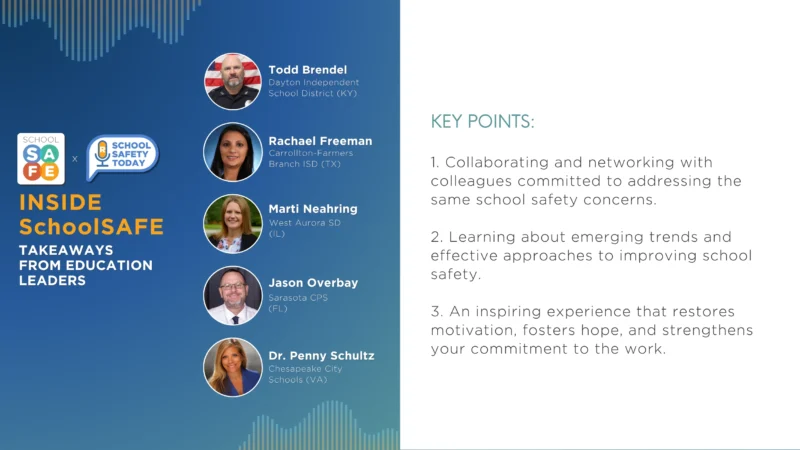How to Spot Effective Salesmanship
Effective salesmanship is the cornerstone of success in the competitive business world, where understanding one’s customers makes the difference between a pitch and a sale. By utilizing various tools and strategies, businesses can identify customer needs and position themselves as the ultimate solution to these problems. This process is critical to maintaining positive relationships with existing customers through improved services, communication channels, and customer appreciation initiatives Businesses should not avoid adopting unique strategies and leveraging technology to stay relevant, set trends, and ultimately achieve their primary goal – increasing sales. But getting there requires a top-notch sales team.
How can a business spot effective salesmanship in a potential employee and avoid the inherent risks of hiring someone who isn’t the right fit?
On this episode of DisruptED, host Ron J Stefanski spoke once more with guest William Gilchrist, CEO and Founder of Konsyg, on tips for how to spot effective salesmanship, a valuable skill to have but a tricky one to learn. Previously, Stefanski and Gilchrist discussed how sales business founders can boost their numbers and strategies for selling and customer engagement.
Stefanski and Gilchrist’s conversation on effective salesmanship includes:
- The unique background an employee should bring to a company
- The value of being invested in present goals versus future goals
- Why looking for sales employees in multiple fields is smart
William Gilchrist is the CEO and Founder of Konsyg, founded in 2017. Gilchrist has many years of experience in sales, including being the head of sales or sales manager for several companies, including Google and TradeGecko.




